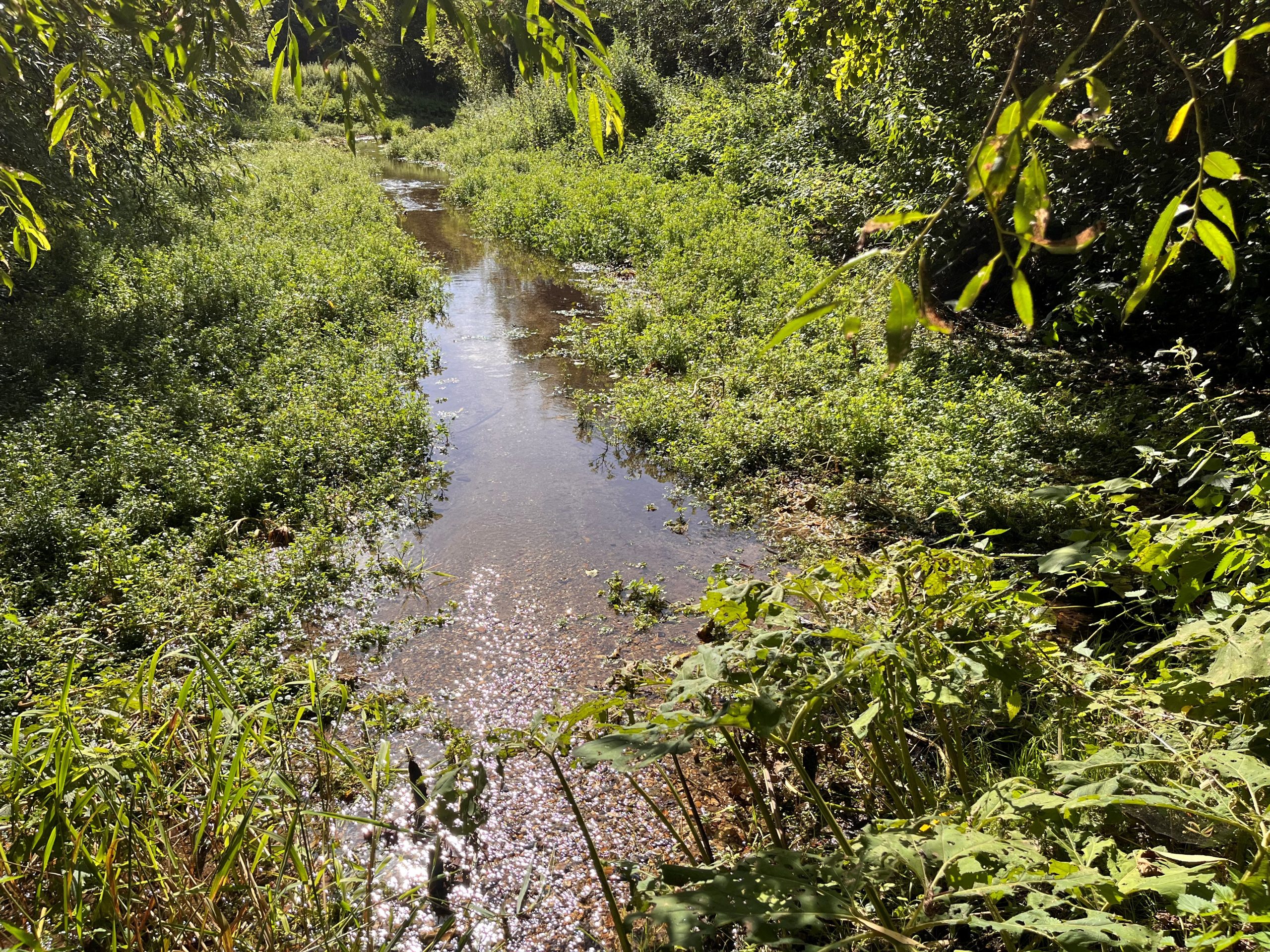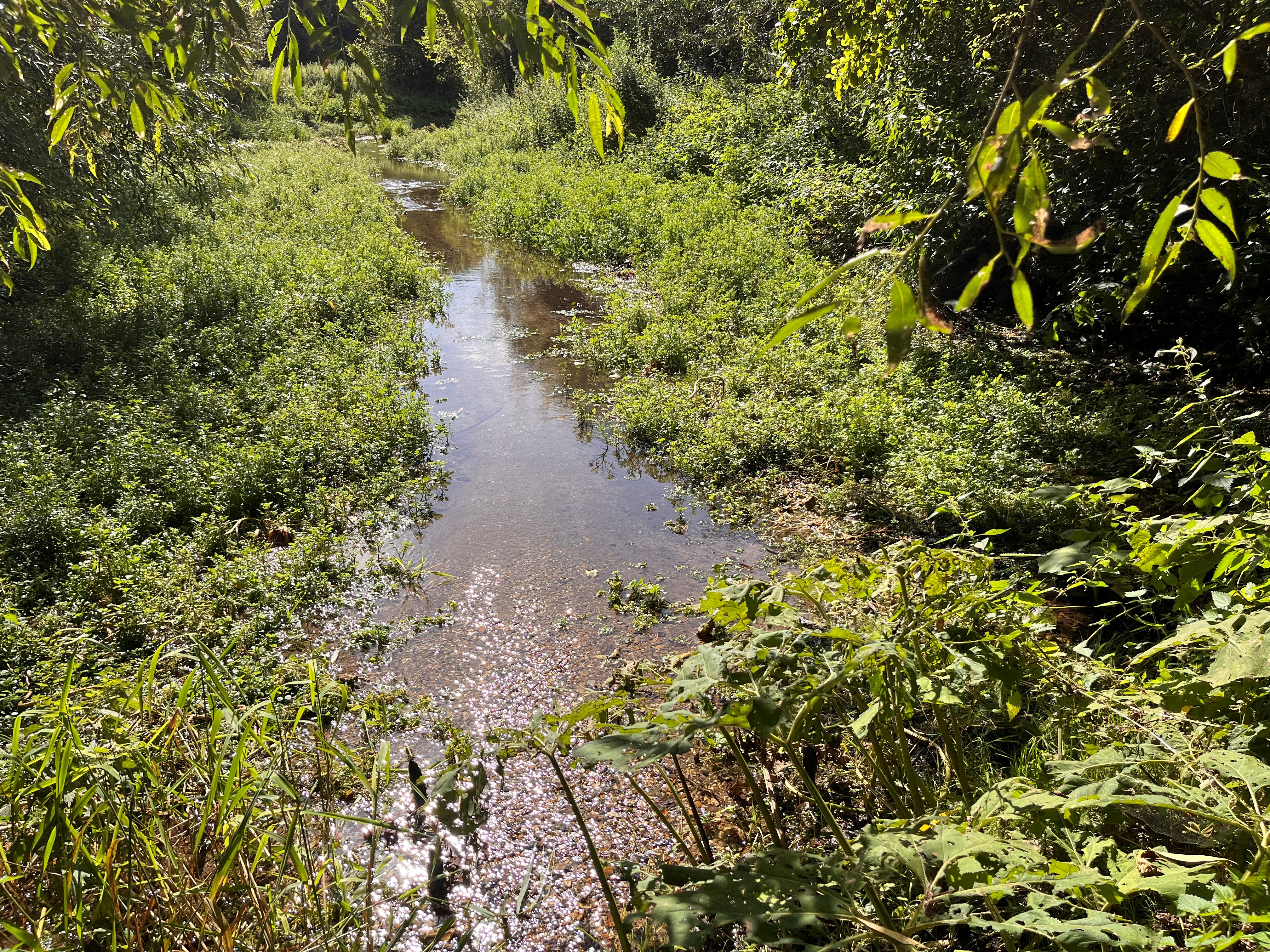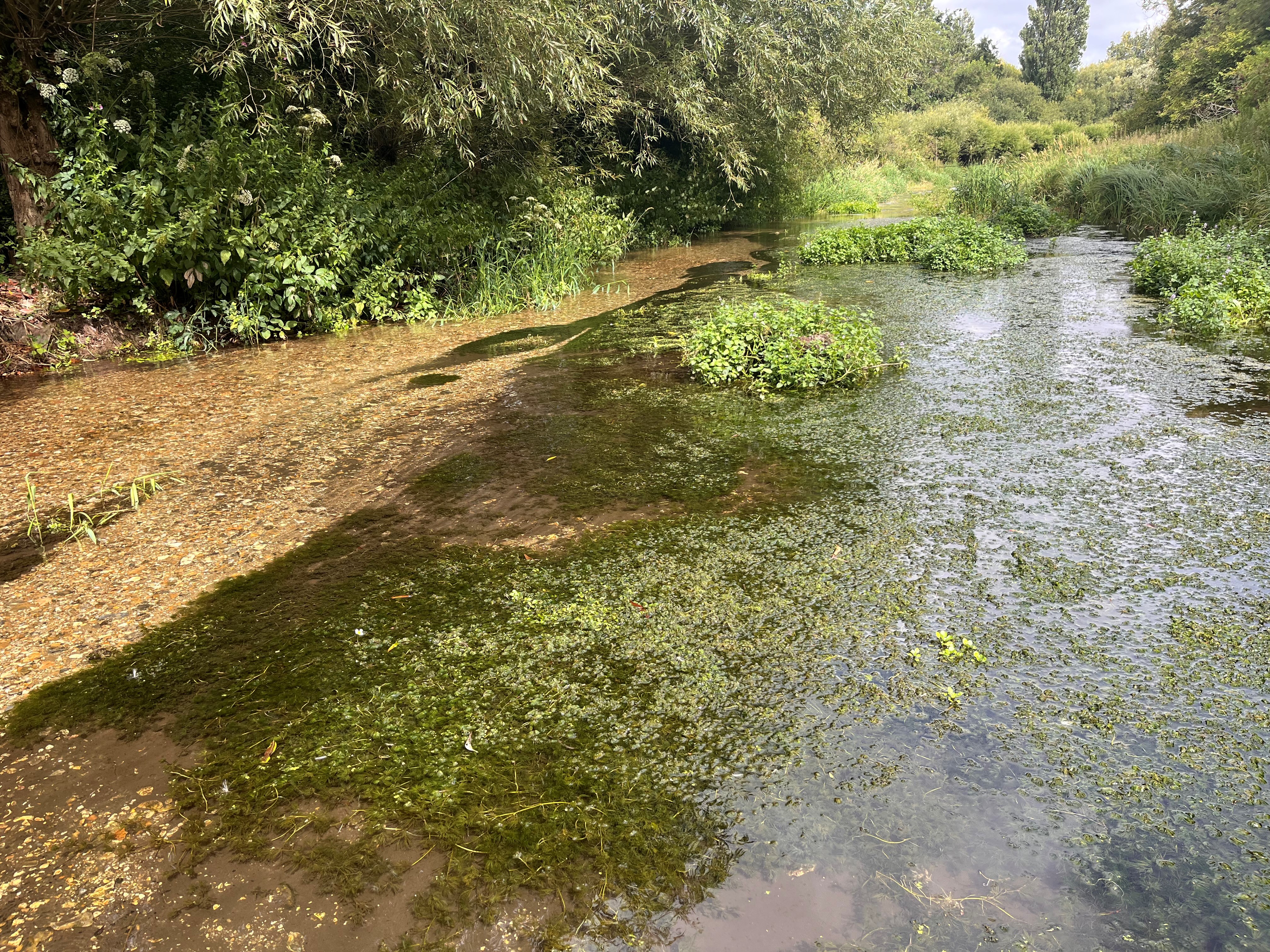Conservationists act to protect globally rare chalk stream habitat from drought

England's chalk streams are internationally important habitats, but like many nature-rich places they are facing a host of pressures including more extreme weather such as drought. At Herts and Middlesex Wildlife Trust's Lemsford Springs, on the edge of Welwyn Garden City, Hertfordshire, conservationists are undertaking work to protect the wildlife-rich habitat from low flows in summer drought and winter floods. Despite the background roar of the nearby A1 motorway, in the reserve, green sandpiper and little egrets wade through the clear water of the spring-fed stable, shallow cress bed lagoons, able to feed all year on the shrimp that thrive there.
 The spring-fed lagoons at Lemsford Springs are home to wildlife including green sandpiper (Emily Beament/PA)
The spring-fed lagoons at Lemsford Springs are home to wildlife including green sandpiper (Emily Beament/PA)
The lagoons sit alongside the River Lea, which flows between trees over gravel beds where water crowfoot - a plant critical to chalk streams - grows.
Wildlife in the river include barbel and bullhead fish, while butterflies and banded demoiselles flit over meadowsweet and reeds in marshy wetland habitat. The site has the largest concentration of green sandpipers in the UK, and is also home to kestrels, kingfishers, heron, grey wagtails and jack snipe. Sarah Perry, Herts and Middlesex Wildlife Trust's river catchment coordinator, said: "Chalk streams are globally rare rivers, they're the equivalent in the UK to Amazon rainforests for their rarity and international importance."
They are home to endangered wildlife such as European eel and water voles, and are major natural resource for fish and provide clean drinking water for people. In good condition, with a well-connected flood plain and wetlands, they help to mitigate against flooding and drought events and store carbon, she said. But she warned: "For a chalk river to be in good health they need to have clean stable water with good flow all year round, running through habitat that's in good natural condition," and there are pressures on each of these elements.
Highly urban Hertfordshire, which is home to 10% of the world's chalk streams, has been classed as severely water-stressed since 2007, and has one of the highest water consumption levels, putting extreme pressure on the chalk aquifers that feed the rivers. And climate change is driving changes to the weather, with more extreme hotter, drier summers and wetter winters, with spates of heavy rainfall. So streams which rely on steady flows of water from the chalk aquifer are instead suffering longer periods before the aquifer recharges, and heavy rains that wash pollution into the water in summer and causes flooding in winter.
Droughts are increasingly a cause for concern in the region, with the last drought in 2021 causing 50% of river lengths to run dry, killing fish and damaging the wider biodiversity of the habitat, Ms Perry said. Pollution and altered flows from water treatment plants along the river, and barriers such as weirs and straightened channels also damage the natural processes and the wildlife in the chalk river, she said. Herts and Middlesex Wildlife Trust has a two-year programme, funded by the Government's species survival fund, to restore 11 kilometres (6.8 miles) of chalk stream habitat, reconnect 46 hectares (114 acres) of flood plain and create four hectares (10 acres) of habitat including ponds and reed bed.
At the Lemsford Springs reserve, work will include digging out new ponds in silted up areas to recreate lost habitat for wildlife and opening the canopy in some areas to balance light and shade, as well as building up brushy banks eroding due to flooding between the Lea and the pristine lagoons. For the project, conservationists will also be re-digging old channels, restoring meanders and gravel beds, and putting large woody material into the river to recreate natural processes with fast and slow flowing areas to create habitat for fish and "squeeze" the river in the summer months when flows are low.
 The lagoons over gravel beds at Lemsford Springs (Emily Beament/PA)
The lagoons over gravel beds at Lemsford Springs (Emily Beament/PA)
Ms Perry said the more functioning a natural ecosystem is, the more resilient it is to climate change. "Natural features that have been lost from the river, when put back, increase its resilience to climate change impacts.
"They won't solve the fact that there'll be low flows, but they will help mitigate those by speeding up flows, creating deeper areas, maintaining a channel with a smaller volume of water flowing through it in better condition for that dry period.
"And likewise in the wetter seasons, it will enable that river to connect to its flood plain, rather than fire hydrant-ing downstream as fast as possible, and soak that water up which, again, will help in the summer when the dry comes around because you've got a wetter landscape for longer," she said.